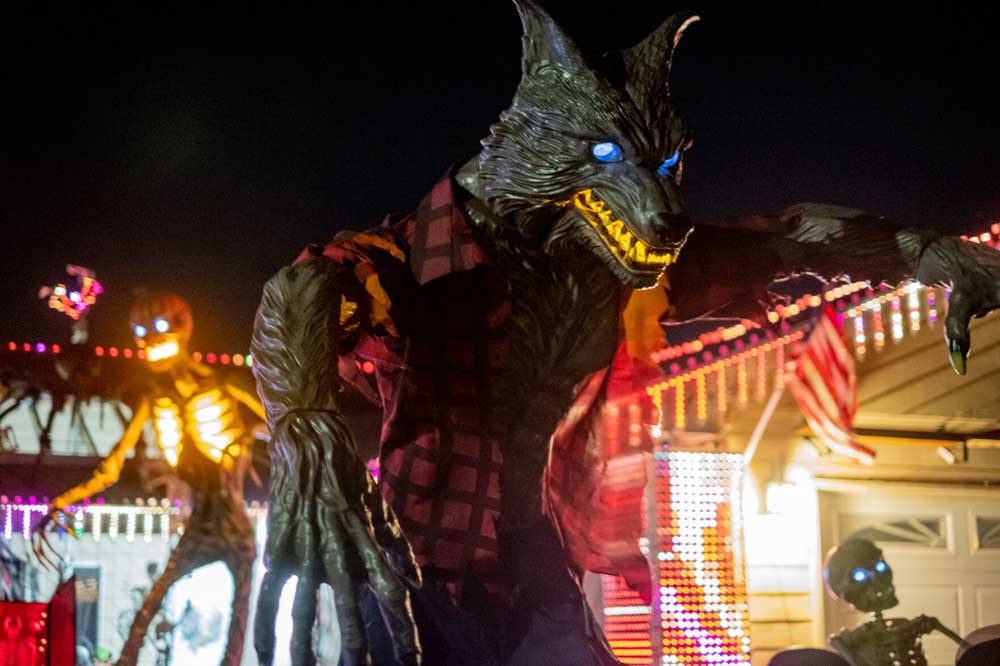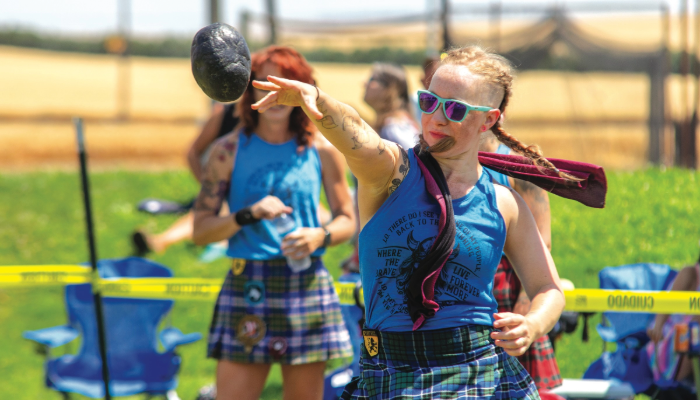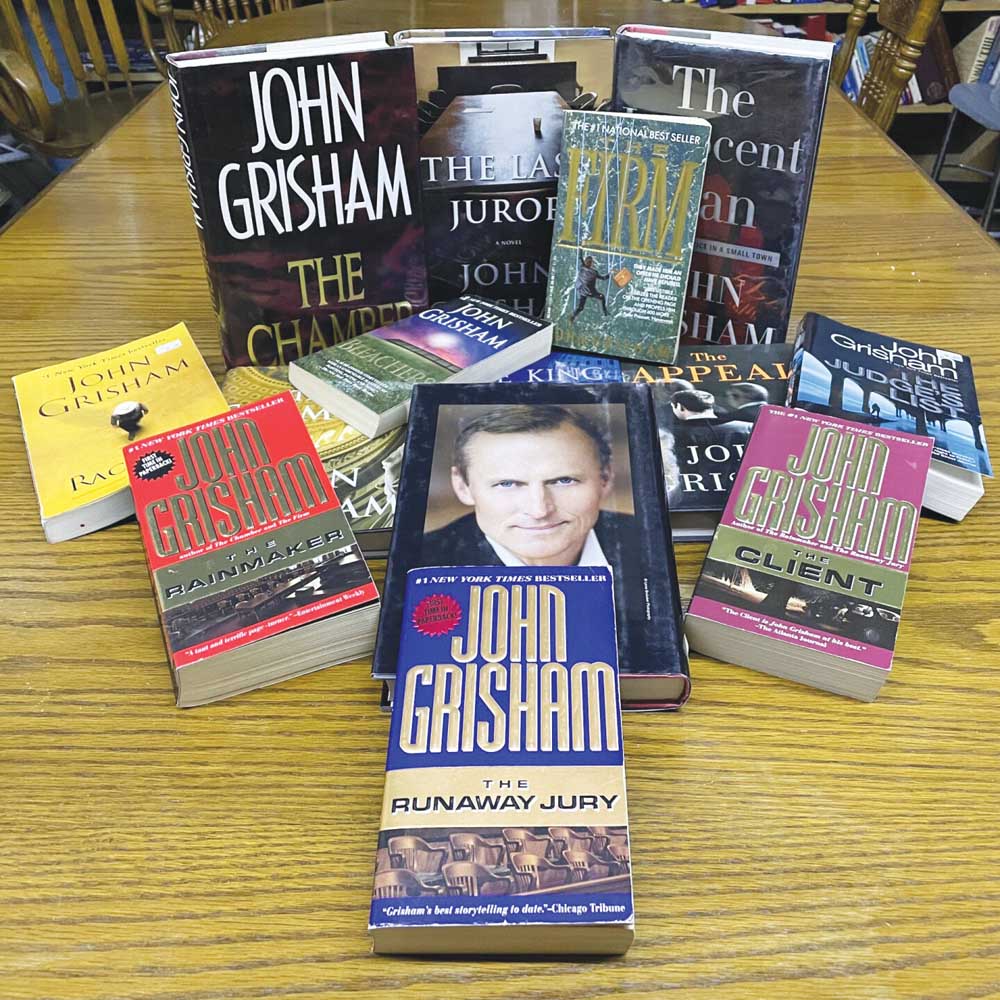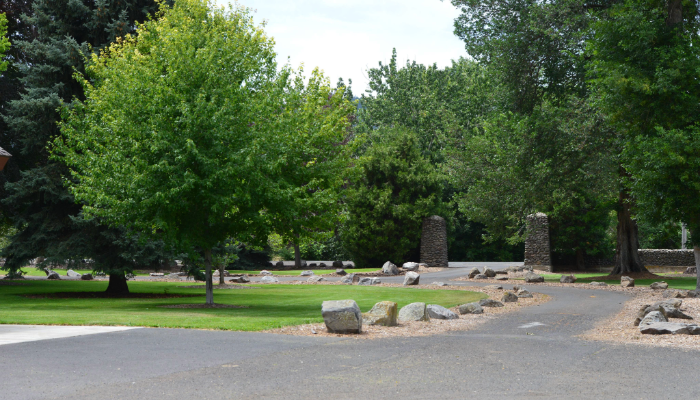Halloween: A time for candy, costumes and scary times
Published 3:00 am Monday, October 30, 2023

- A werewolf stands ready to scare as part of the Halloween decor at the front yard of Craig Dircksen’s house in Hermiston in 2022.
The air is crisp, and smells of fall and the days are getting shorter and cooler. The leaves are turning brilliant shades of auburn, orange and yellow. If all this means your thoughts are turning to Halloween, you are not alone.
Trending
Most historians agree that Halloween is a combination of three observances in the Catholic church and among the ancient Celtics: All Saints Day, All Souls Day and Samhain (pronounced sow-win). According to www.history.com, these three traditions merged into one.
The Catholic church still recognizes the first and second ones and many historians believe the true origination of the word Halloween was the Celtic, ancient pagan festival of Samhain when people would build bonfires and wear costumes to scare away ghosts and evil spirits.
In the Middle Ages, Nov. 1 was called All Saints Day and All Hallows Day. The day before was called All Hallow’s Eve, which was later shortened to Halloween.
Trending
Scholars agree that 2,000 years ago, during the festival of Samhain, the Celtic people celebrated the harvest and approaching colder months and shorter days. This was also the start of a new year. During the festival of Samhain, it was believed that the curtain between the living and the dead was very thin, and people wanted to communicate with their loved ones who had departed this Earth. The word “Samhain” is Gaelic for “summer’s end.”
In addition to trick-or-treating, there are several other games and traditions associated with Halloween. Some Halloween parties include apple bobbing among their activities.
Apple bobbing originated in the 1700s and was popular into the 1800s. Unmarried women mainly played the game. The winner, it was thought, would be the first to marry. Women also threw apple peelings over their shoulders, believing that when they landed on the floor, the shape of the peel would reveal the initial of their future husband.
The concept of “candy grabbing” or trick-or-treating became mainstream in America in the mid-1900s as people tried to avoid pranksters by giving them a treat.
Candy is big business. Last year, according to www.investopedia.com, those who celebrated Halloween spent $3.1 billion on candy. An article in Martha Stewart magazine pointed out that America’s favorite candy for Halloween is Reese’s Peanut Butter Cups. The next most popular candy is Skittles and after that it is M&M’s.
In fact, the magazine did a breakdown of each state’s most popular candy — Oregon’s is M&M’s.
Although the day for Halloween varies from year to year, National Trick or Treat Day is always the last Saturday in October.
The Irish people are generally credited with bringing jack-o-lanterns to America, although it wasn’t pumpkins at first. The Irish people were escaping the potato famine in 1840 and Irish immigrants to America carved turnips and other vegetables giving them spooky features to ward off evil spirits. It wasn’t until later that pumpkins were used for this purpose.
And what Halloween celebration or get-together would be complete without a scary horror movie or two? There are lists of the top 10, top 31 and top 100 scariest movies of all time. A few from recent years include “Nightmare on Elm Street,” “The Exorcist,” “The Blair Witch Project” and “Scream.” Older ones include “The Werewolf,” “Frankenstein,” “Dracula” and “Psycho.”
And last, but never least, the movie “Halloween.” The movie was first shown in theaters in 1978. This means it’s been 45 years since Michael Myers roamed the streets of Haddonfield, Illinois, in search of a babysitter named Laurie.
Happy birthday, “Halloween.”









